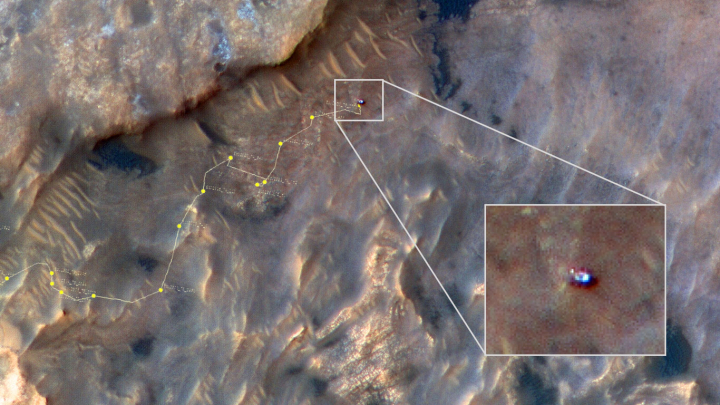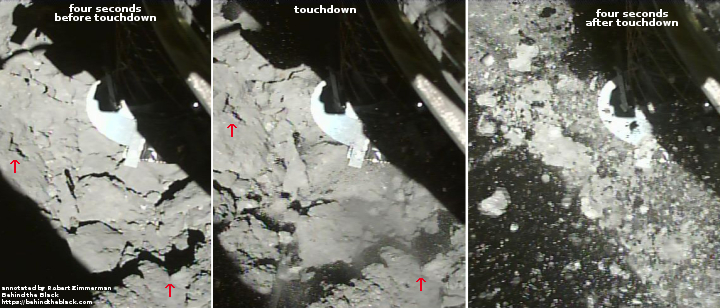Update on Europe’s Galileo GPS-type constellation failure
Link here. Key quote:
A new source has told Inside GNSS that the ongoing Galileo outage “…has to do with the Precise Time Facility (PTF), a redundant facility present in both Italian and German control centers.” This is the second source close to the program who has identified the PTF as the focus of the incident. Our source adds, “Incidentally, the redundancy apparently did not work.” So, the suggestion is that both PTFs, at two separate European locations, have failed. And, our source adds, “Take into account that the two major outages in the last two years were also caused by problems in the PTF. There are major architectural problems within the GMS [Galileo Mission Segment] under Thales Alenia Space…responsibility.” [emphasis mine]
The article does not go into any details how it is possible for two redundant facilities to fail at the same time. It does note however that while the U.S.’s GPS, Russia’s Glonass, and China’s Beidou systems all are operated by the military, which takes very seriously security, Europe’s Galileo is not.
Link here. Key quote:
A new source has told Inside GNSS that the ongoing Galileo outage “…has to do with the Precise Time Facility (PTF), a redundant facility present in both Italian and German control centers.” This is the second source close to the program who has identified the PTF as the focus of the incident. Our source adds, “Incidentally, the redundancy apparently did not work.” So, the suggestion is that both PTFs, at two separate European locations, have failed. And, our source adds, “Take into account that the two major outages in the last two years were also caused by problems in the PTF. There are major architectural problems within the GMS [Galileo Mission Segment] under Thales Alenia Space…responsibility.” [emphasis mine]
The article does not go into any details how it is possible for two redundant facilities to fail at the same time. It does note however that while the U.S.’s GPS, Russia’s Glonass, and China’s Beidou systems all are operated by the military, which takes very seriously security, Europe’s Galileo is not.


